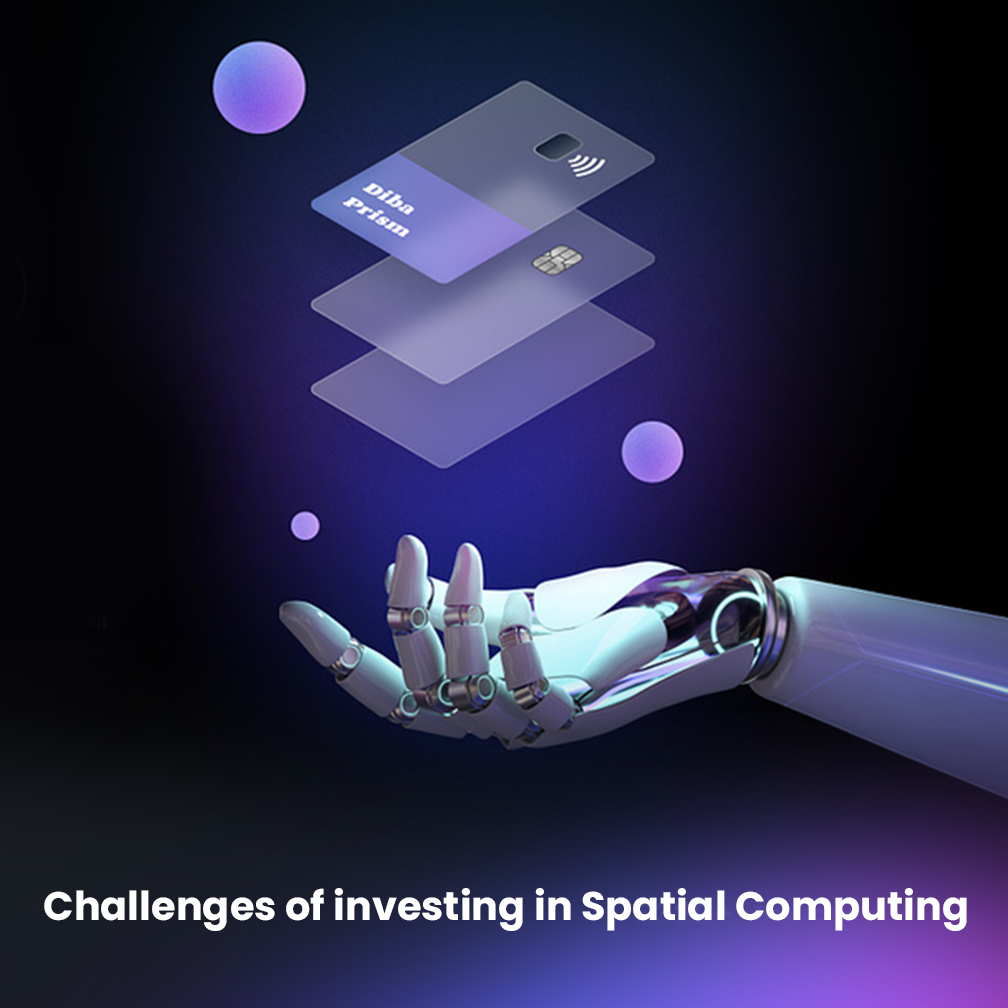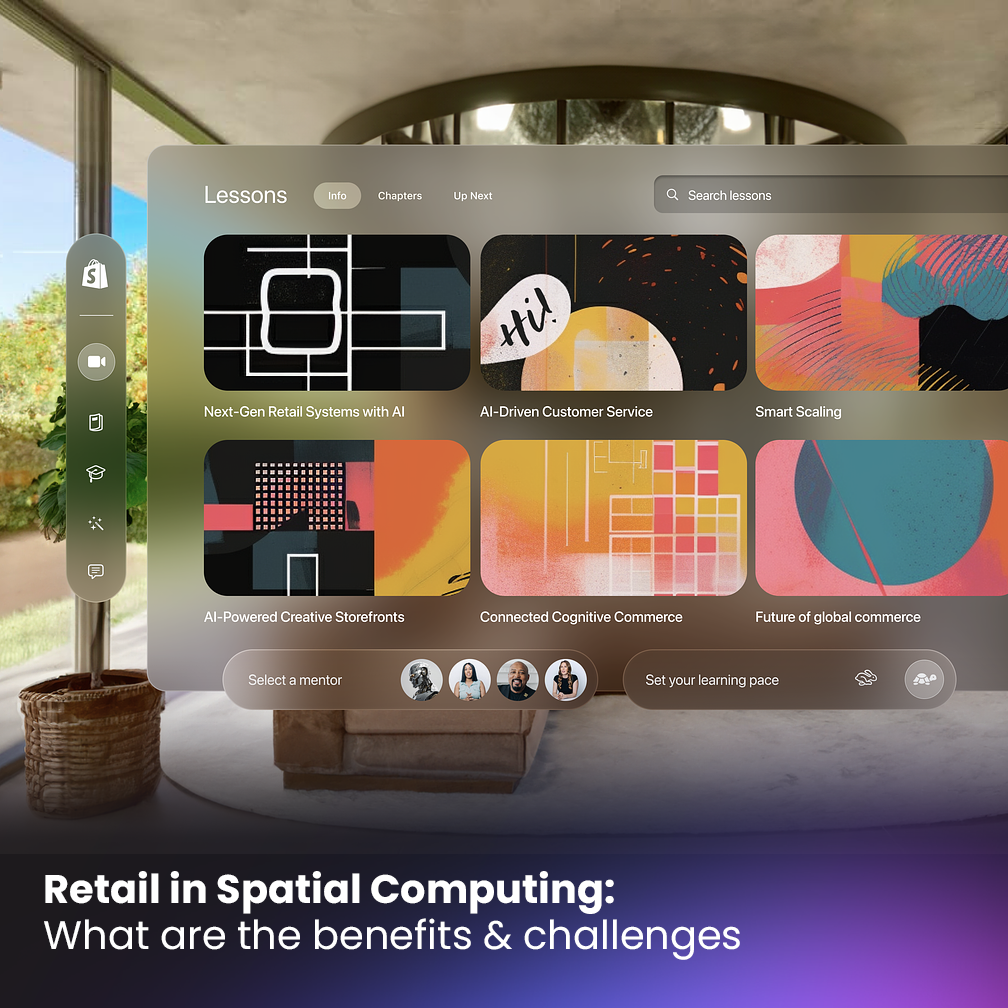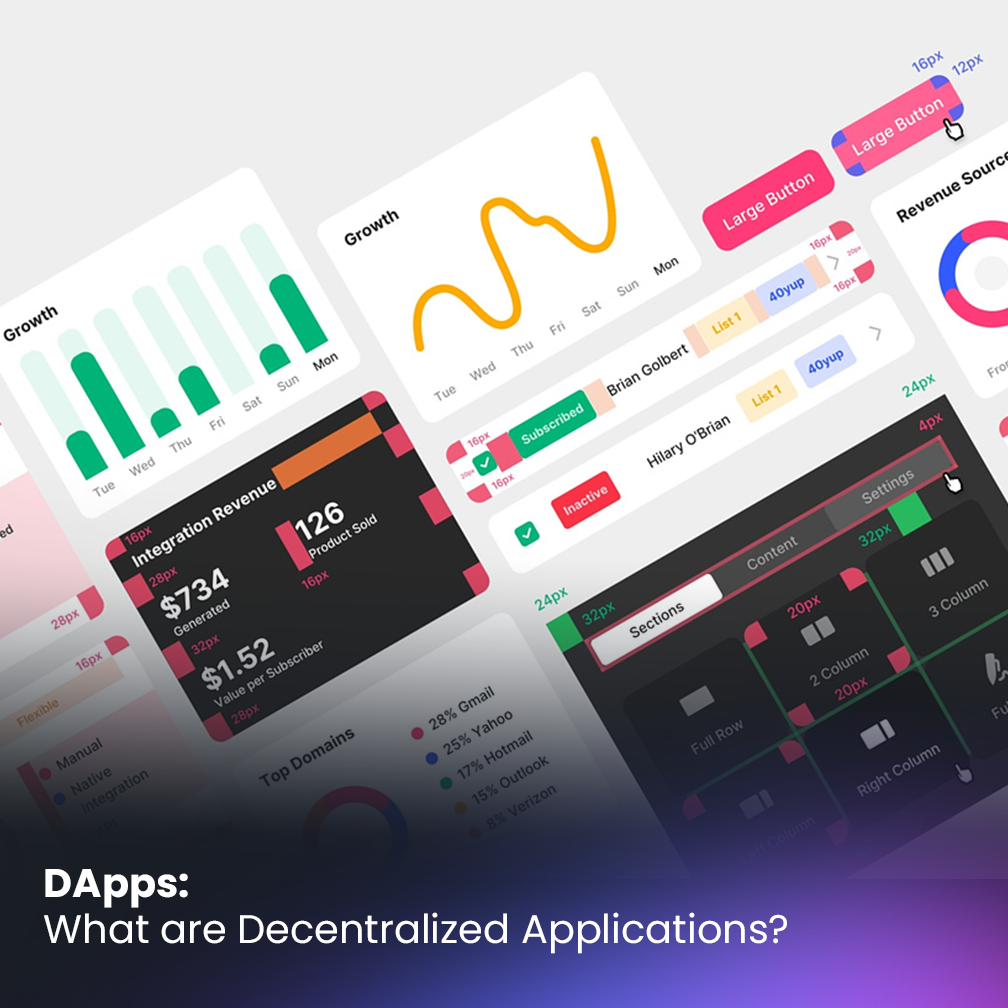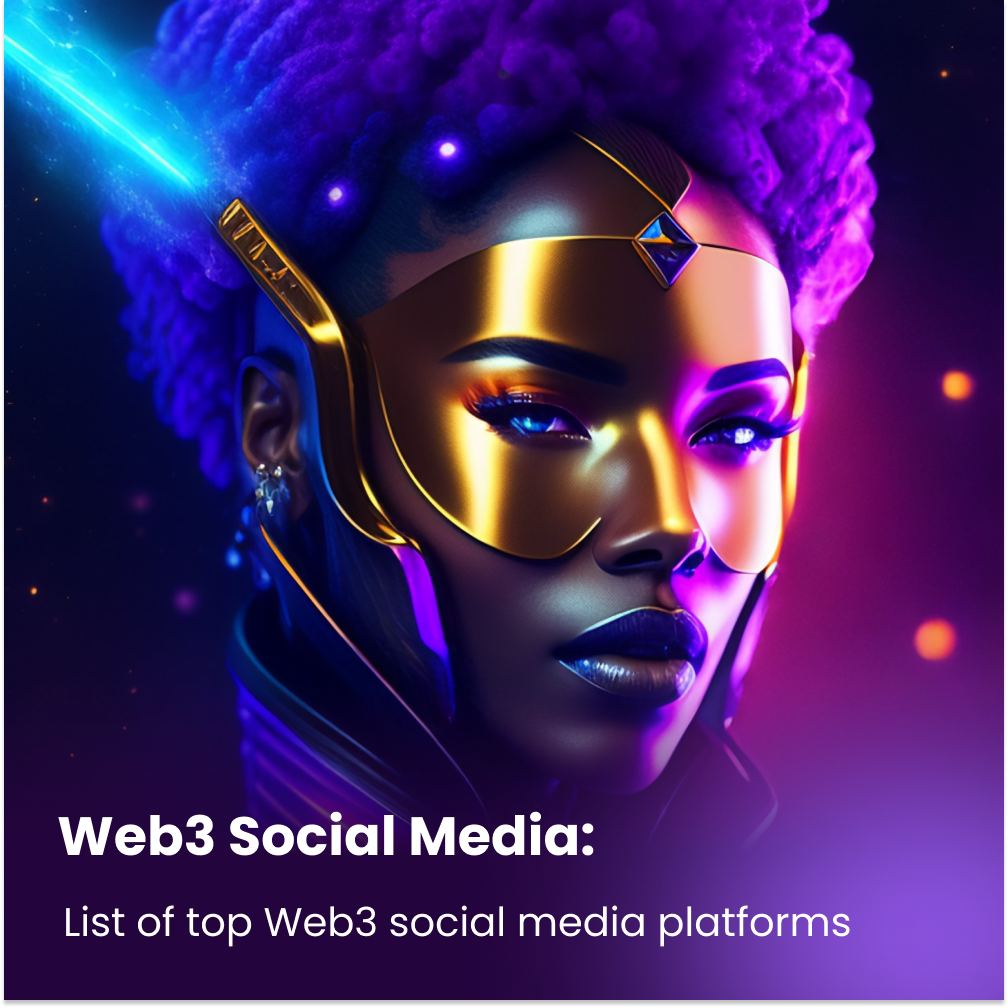
Estimated reading time: 9 minutes
Web3 social media platforms offer an exciting alternative to centralized giants like YouTube, Meta (Facebook), and Twitter on the Web2. These blockchain-based Web3 platforms operate under community governance, providing creators with new opportunities for audience engagement and revenue generation through crypto and non-fungible tokens. Additionally, by storing data on public blockchains, content can exist indefinitely without the risk of tampering.
When it comes to free speech and content ownership, centralized social media companies often prioritize the interests of their directors and shareholders over those of their users. Conversely, Web3 social media platforms empower users to take control of their data and online experiences by utilizing decentralized and privacy-focused technologies.
In this article, we will delve into the concept of social media platforms on Web3. We explore the reasons behind the rising popularity of Web3 social media platforms and the advantages they offer compared to traditional social media applications. We will also list the top Web3 social media platforms to watch in 2023.
What is Decentralized Social Media?

Before we explore the concept of decentralized social media platforms, let’s explain the decentralized web and Web3 meaning.
Web3, also known as the decentralized web, is an emerging internet architecture that aims to create a more open and transparent internet. Web3 uses blockchain technology and peer-to-peer networks to create a decentralized infrastructure where users have greater control over their data and digital assets.
Now let’s get to Web3 social media platforms and explain what we mean when we say these platforms are decentralized.
When it comes to the cryptocurrency market, one of its major attractions is its underlying blockchain technology and what makes it particularly enticing is its decentralized ledger system.
To put it simply, imagine numerous individuals or computers retaining a copy of all transactions. When combined with robust encryption, this creates a fairly secure means of trading securities or assets such as cryptocurrency.
A decentralized social media platform strives to adopt a similar structure using blockchain’s decentralized ledgers. These platforms depend on independently operated servers.
For instance, a decentralized alternative to Twitter would involve multiple servers running the platform’s software. This approach brings various advantages, such as eliminating the issue of a single point of failure—should one server go offline, it wouldn’t incapacitate the entire service. Additionally, it grants users greater control and potential freedom of speech, while also restricting censorship.
In essence, by separating social media from corporate dominance, a decentralized platform presents an opportunity for genuinely user-owned content.
Web3 Social Media vs. Traditional Social Media

The two dominant platforms for web-based communication are social networking sites belonging to the traditional platforms on Web2 and the social media platforms on Web3.
While Web 2.0 networks like Twitter, Facebook, LinkedIn, and others have been in existence since the early 2000s, the concept of Web 3.0 is relatively new and has gained momentum in recent years.
The primary distinction between Web2 and Web3 social media platforms lies in their structure. Web2 networks operate under a centralized model, whereas Web3 networks follow a decentralized approach.
This fundamental difference means that users of Web3 networks have greater control over their data and content, along with enhanced security owing to the distributed nature of the architecture.
One of the fundamental principles guiding traditional social media, similar to websites, is to maximize user engagement by keeping them on the platform for as long as possible. This often involves restricting the movement of content between platforms and limiting the ability to link to external sites.
Users are encouraged to remain within that particular ecosystem by restricting the displayed content. In contrast, decentralized social media platforms typically do not impose restrictions on the origin of content or the destinations of links. Essentially, they contribute to democratizing the distribution of content.
Ideally, Web3 platforms should operate on a permissionless and trustless basis. This means users do not rely on third parties to grant them access to the platform, nor do they depend on intermediaries to facilitate interactions with other users. This approach should foster community-building, addressing the unfulfilled promises of Web2 social media platforms.
Advantages of Web3 Social Media
Now let’s explore some of the benefits of decentralized social media platforms.
- Enhanced security: Web3 social networks are constructed within the decentralized framework of blockchain technology and utilize separate servers across multiple nodes. This setup enhances the security of user data by making it more challenging for hackers to manipulate.
- User-centric: The user-centric atmosphere provides a refreshing change by shifting the focus away from consumerism. It empowers users to establish their own communities where they can openly express their perspectives and principles within the community.
- Secure payments: Despite the integration of basic payment systems into numerous social platforms, they remain susceptible to cyberattacks. In contrast, Web3 social media addresses this concern by implementing in-app payment methods based on blockchain technology.
- Novel monetization options: Web3 social platforms created a space where individuals can profit from their content, resulting in numerous benefits. However, users do not possess exclusive authority over the content they create. In contrast, Web3 presents enhanced opportunities for monetizing content. Users can transform their viral posts into non-fungible tokens and sell or lease them for profit. Furthermore, Web3 platforms have the capability to facilitate instantaneous payments through smart contracts.
Best Web3 Social Media Platforms
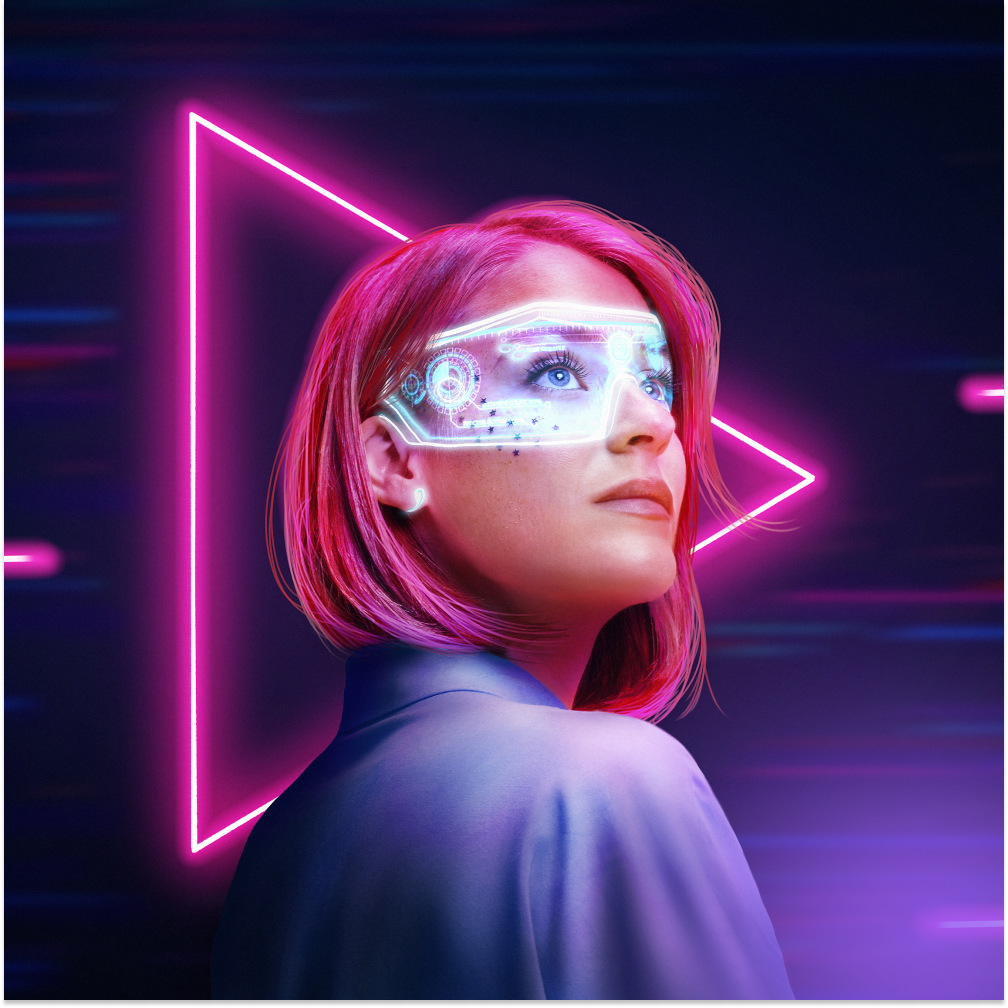
Now that we have gained a general understanding of decentralized social media platforms, now it’s time to explore some of the top social media platforms on Web3.
DiamondApp
Diamond enables creators and their audiences to establish a captivating online community centered around content, incentives, and ownership. This is achieved through DeSo (Decentralized Social Blockchain).
As a novel form of a social network, Diamond combines the realms of investments and social media, developed on its unique custom blockchain infrastructure.
The platform’s architecture resembles that of Bitcoin, with the added capability of handling extensive social network data on a larger scale.
Diamond is an entirely open-source project, devoid of any centralized authority. It grants the online community the familiar functionalities they are accustomed to on Web2 platforms, including posting, sharing, and messaging.
Mirror
Mirror functions as a web3 publishing platform. It resembles Medium but with a reliance on blockchain-based encryption. The platform allows for free publishing, with the sole requirement being an Ethereum wallet.
The Mirror Dashboard offers a wide range of practical features, granting users ample flexibility in creating blog posts. Additionally, users have the ability to create a personalized URL by utilizing one of their tokens and receiving community approval through voting.
Users have the ability to transform their posts into non-fungible tokens, utilize Ethereum for authentication, leverage decentralized data storage, and generate additional revenue streams through tokens and cryptocurrencies.
Moreover, Mirror enables users to embed tokens within their posts and establish wallet-based subscriptions by utilizing the integrated editor and Web3 toolkit.
Mastodon
Mastodon is a Web3 social media and user-friendly microblogging platform often referred to as an enhanced iteration of Twitter.
Instead of being a standalone website, Mastodon operates as a global network of communities that function independently without centralized authority.
While Mastodon has been in existence since 2016, it has recently witnessed substantial growth due to users seeking decentralized alternatives to Twitter.
In contrast to various social media networks, Mastodon is freely accessible, devoid of advertisements, developed by a nonprofit organization, managed by its creator Eugen Rochko, and sustained through crowdfunding efforts.
Steem
Steem serves as a social blockchain platform that nurtures communities and enables users to directly generate revenue by rewarding their content-sharing efforts, bringing the benefits of blockchain technology to the realm of online social networking.
By leveraging Steem, the online community gains the ability to become stakeholders and earn value for its content creation and publication endeavors across various social applications built on the Steem platform. Notably, Steem stands out as the sole blockchain capable of supporting tangible applications through social apps like Steemit.
This platform fundamentally alters the conventional model of social networks by providing a rapid, cost-free, and scalable blockchain-driven solution.
Minds
Positioning itself as a Facebook alternative, the Minds platform incorporates certain monetization elements typically found on platforms like Patreon. It incentivizes user engagement by offering rewards for creating and posting new content, distributed in the form of Ethereum cryptocurrency.
On the platform, users have the ability to utilize their cryptocurrency to finance advertising campaigns. Additionally, they can show support for other creators by pledging a portion or all of their crypto rewards towards subscriptions to other users.
This Web3 social media is based on Ethereum, offering an open-source environment. Within this platform, users can connect with one another in a safe and secure manner.
Minds encompasses a diverse set of features, including private messaging, group chatrooms, live streams, and more.
Web3 Social Media and Spatial Computing

In the era of spatial computing, social media platforms are likely to prioritize immersive and interactive experiences, aiming to engage as many of our senses as possible. Rather than solely connecting us to friends through two-dimensional web pages, these platforms will strive to create stimulating encounters that fully engage our senses.
The future of social media is intricately intertwined with the future of spatial computing, linking various aspects such as online gaming, remote working, and e-commerce.
Facebook and Instagram, for example, are already merging these different elements of our digital lives within their platforms. Spatial computing takes this convergence a step further by allowing us to immerse ourselves and collectively experience these aspects, rather than being confined to viewing them on a flat screen.
This transition will amplify and intensify both the positive and negative aspects we associate with social media. Simultaneously, it will introduce us to a new realm of shared experiences with our closest connections. With technologies such as Teleport Plaque Address, spatial computing allows users to explore worlds and interact in a way that was not possible ever before.
